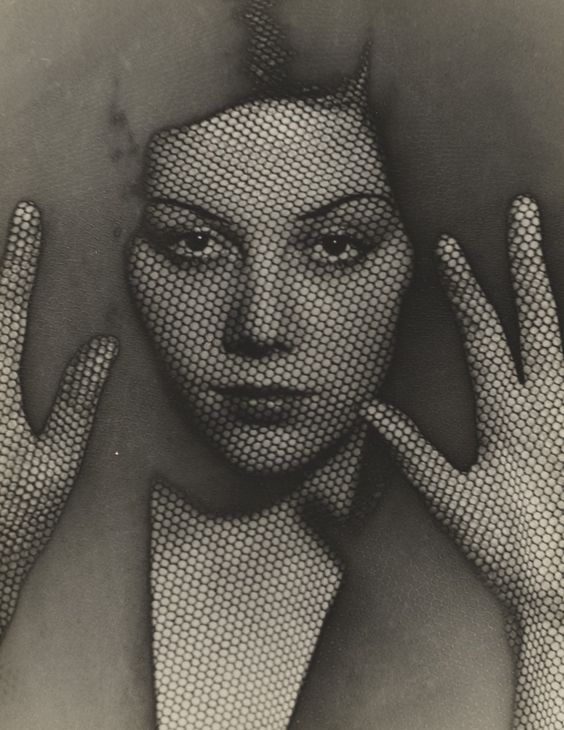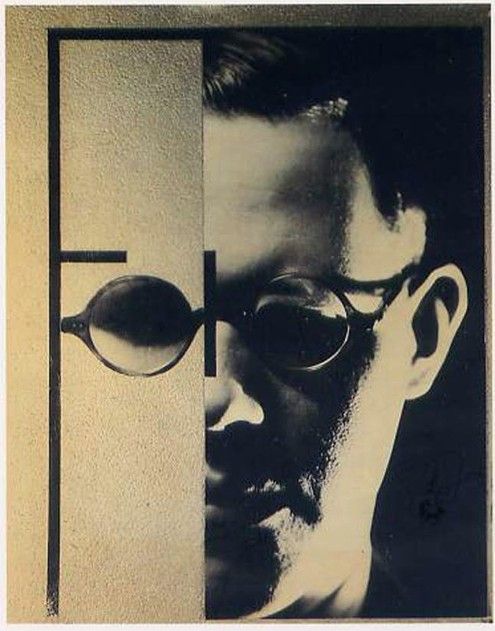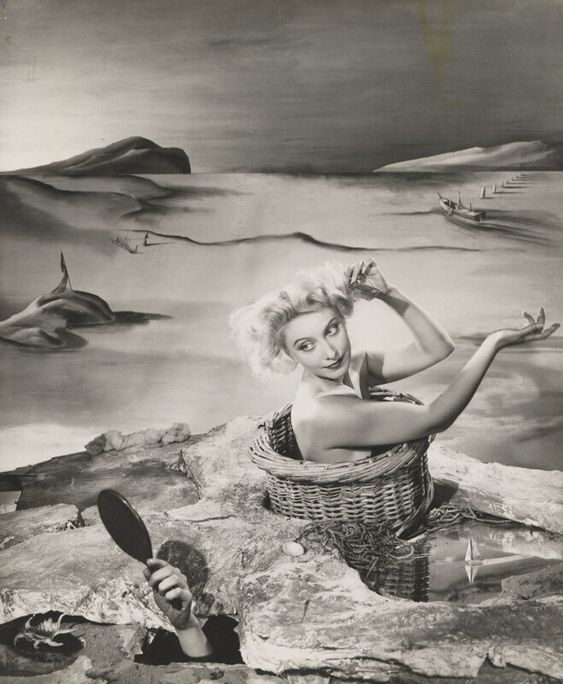Research
Origins of Surrealist Photography
- Created in retaliation from fascism and the creative control of the government in World War 1
- The movement was popularized when André Breton published the 'surrealist manifesto' in 1924
- Surrealism aimed to tap into the subconcious, embrace the absurd and the shocking, and rely on Sigmund Freud's concept of the 'uncanny'
- Surrealist photos were often achieved by using Photomontage, Solarisation, or Photograms, and were either heavily edited or relied on abstractions in light and appearance to present the desired affect
Popular figures in Surrealist photography
- Man Ray, A fashion designer and photographer, invented the Photogram (Putting an object on a photosensitive surface and developing it). He was popular in the initial French movement and was a cornerstone of the developing culture.
- John Havinden, a surrealist-inspired commercial photographer, who often experimented with geometry and cosmic ideals.
- Angus Mcbean, who was initially a costume designer, but started to express himself with surrealist photography, framing models in bizzare scenarios and stages. He famously photographed movie star Audrey Hepburn, using her in his surrealist pieces.



I drew heavy inspiration from the themes of the uncanny and surreal, incorperating my research into my work, and enabling myself to more freely express and create what I envisioned.
Home